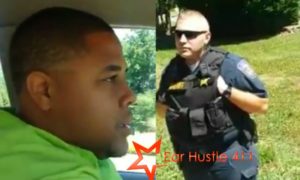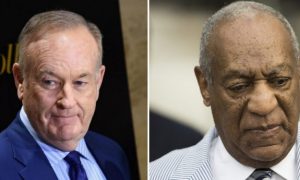Stuart Scott, a longtime anchor at ESPN, died Sunday morning at the age of 49.
Among the features of the new ESPN studio in Bristol is a wall of catchphrases made famous by on-air talent over the years. An amazing nine of them belong to one man — from his signature “Boo-Yah!” to “As cool as the other side of the pillow” to “He must be the bus driver cuz he was takin’ him to school.”
That man is Stuart Scott, and his contributions to the sports lexicon are writ large. But they are only one aspect of his legacy. When he passed away, he left behind so much more. He inspired his colleagues with his sheer talent, his work ethic and his devotion to his daughters, Taelor, 19, and Sydni, 15. He defied convention and criticism to help bring this network into a new century. He spoke to the very athletes he was talking about with a flair and a style that ESPN president John Skipper says, “changed everything.”
“He didn’t just push the envelope,” says sports radio host and former ESPN anchor Dan Patrick. “He bulldozed it.”
And he saved his best for his last year on the air. At the ESPYS on July 16, shortly before his 49th birthday and following another round of cancer surgery, Stuart accepted the Jimmy V Award for Perseverance with strength, humor, grace and these eloquent words: “When you die, it does not mean that you lose to cancer. You beat cancer by how you live, why you live, and in the manner in which you live.”
So while the grief is deep at ESPN over the death of Stuart Scott, so is our gratitude. He was as popular on-campus as he was in the airports he passed through and on the sidelines he worked over the last 22 years. He brought so much to the party, and he will continue to do so, through the people he inspired, and the language that he liberated, and the audience that will remember him.
Steve Levy, who came to ESPN shortly before Stuart in August of 1993 and served as his co-host for the first “SportsCenter” from the new studio last June, put it this way: “I think the audience recognized that when Stuart was on, there was going to be something special. And to his credit, he brought something special every night he was on.”
“SportsCenter” anchor Jay Harris, who grew up watching — and hoping to be — Stuart, says, “Think about that phrase, ‘As cool as the other side of the pillow.’ It’s a hot, stifling night. You’re having trouble sleeping. But then you think to turn the pillow over, and, Wow, it’s cool, and it feels so good.
“Well, that’s who Stuart is. He is ‘the other side of pillow,’ the man who made sportscasting cool. God bless whoever it was who thought to rearrange the bedding at ESPN.”
Stuart was born in Chicago, but he, along with two sisters and a brother, spent his formative years in North Carolina, where their father was a postal inspector who always had time to play after work. Stuart went to R.J. Reynolds High in Winston-Salem and then the University of North Carolina, where he played wide receiver and defensive back on the club football team, joined Alpha Phi Alpha and worked at the student radio station, WXYC. After graduating in 1987 with a degree in speech communication, Stuart was hired by WPDE-TV in Florence, S.C. He says that’s where he first came up with the pillow metaphor. “People say I stole it from a movie,” he told an interviewer in 1998, “but I first thought of that and said it on my first job … I just liked it.”
His career path took him from Florence to Raleigh, North Carolina, to Orlando, Florida, and in his pre-ESPN clips, you can feel his energy, hear his music and sense his on-camera charisma. At WESH, the NBC affiliate in Orlando, he first met ESPN producer Gus Ramsey, who was beginning his own career. Says Ramsey, “You knew the second he walked in the door that it was a pit stop, and that he was gonna be this big star somewhere some day. He went out and did a piece on the rodeo, and he nailed it just like he would nail the NBA Finals for ESPN.”
He first met ESPN anchor Chris Berman in Tampa. “He stuck out his hand and said, ‘One day I look forward to working with you.’ And I said, ‘Well, I tell you what, we’ll save you a seat.’ And I’m really thrilled that he was right on. [Later] I said, ‘Stu, maybe you were the Swami.'”
The person most responsible for bringing Stuart to Bristol was Al Jaffe, ESPN’s vice-president for talent, who was looking for sportscasters who might appeal to a younger audience for ESPN2. “One of the producers on a story we were doing on the Orlando Magic told me about this young guy he really liked. I followed up and found out that Stuart’s contract was up soon. He sent me a tape, and even then, he had an amazing presence — I felt the viewer would sit up and take notice when he was on the air.”
His first real assignments were for “SportsSmash,” a short sportscast twice an hour on ESPN2’s “SportsNight” program. When Keith Olbermann graduated from “SportsNight” to ESPN’s “SportsCenter,” Stuart took his place in the anchor chair. “He was like a ball of fire walking in the door,” says ESPN senior vice president Mark Gross, a coordinating producer at the time, “I had never met anybody like Stuart Scott.”
“I’ve called him Boo-Yah forever,” says Norby Williamson, the ESPN senior vice-president who helped guide Stuart during those early years. “Ever since he used that catchphrase on the air for the first time, and we looked at each other and said, ‘What the hell is that?'”
That was the future, and it looked and sounded different from the present. “There were successful African-American sportscasters at the time,” says ESPN director of news Vince Doria, who oversaw the studio programming for ESPN2 back then. “But Stuart spoke a much different language… that appealed to a young demographic, particularly a young African-American demographic.”
Suzy Kolber, the ESPN anchor who also began at ESPN2, says, “Stuart called me his TV wife, but we really were like a family, trying to launch this brand new network and spending all this time together. Fortunately, some of us lasted longer than ESPN2 did.
“When he went to ESPN, Stuart didn’t change his style — and there was some resistance. Even I encouraged him to maybe take a more traditional approach, but he had a strong conviction about who he wanted to be, and the voice he wanted to project, and clearly, he was right, and we were wrong.”
Gus Ramsey, who arrived in Bristol in 1994, remembers exactly when he knew Stuart had found a new audience. “In the fall of ’95 I asked him if he wanted to go to my high school homecoming football game in Greenwich, Conn., and he said, ‘Sure, let’s go.’ We got there mid-first quarter, and we just kind of walked up to the sidelines, and one by one, the kids start comin’ over to him. It didn’t hit me until that moment that this guy was making an impact.”
But as Stuart’s star rose, so did the vitriol of those who resented his color, or his hip-hop style, or his generation. He received a lot of hate mail, most of it anonymous. If the senders did leave a name and address, Stuart would answer and ask them to tell him what the problem really was.
He was disarming in other ways, as well. He may have represented new school, but he was decidedly old school when it came to preparation. Nobody could ever say he didn’t work hard, or labor over his “SportsCenter” lead-ins. “He was really conscious of getting it right,” says ESPN anchor Linda Cohn. “He had that great balance of being entertaining and being right.”
And as cocky and brash as he was, he liked nothing better than to sing a good duet every night. For years, he and Rich Eisen would do just that on the 1 a.m. “SportsCenter,” a show that made its way to the next day’s water cooler thanks to their chemistry — and repeated viewings. Yes, there was an Ebony and Ivory theme to their show, but more importantly, they were two young sports nuts playing off one another for the benefit of other young sports nuts.
Eisen, now the lead anchor for the NFL Network, says, “Who would have thought the perfect guy for me, a Jewish kid from Staten Island, would be an African-American guy with North Carolina roots? Sometimes neither one of us knew who the other was talking about, but it worked. It was always a trip doing a ‘SportsCenter’ with Stuart.”
ESPN anchor John Anderson likens the talent wave at the network to NASA’s astronaut programs. “There was the Mercury program, which gave us Chris Berman and Bob Ley, great pilots who went up there without teleprompters or whatever. Then along came the Apollo astronauts, like Keith Olbermann and Dan Patrick, Rich Eisen and Stuart. They took us to the moon… and left the rest of us to fly the space shuttle.”
The confines of a studio could not hold Stuart. Before the millennium arrived, he was covering the MLB playoffs, the Final Four and the NBA Finals. He wrote for ESPN The Magazine and went one-in-one in interviews with Tiger Woods and Michael Jordan. Once the century rolled over, he did pretty much everything, hosting game shows and New Year’s Eve specials, sitting down with President Obama, and becoming the guiding light for NBA and NFL coverage. There were a few downs mixed in with the ups, though. He suffered an eye injury while trying to catch a pass at a New York Jets mini-camp, necessitating surgery that put him out of work for a few months. His marriage to Kimberly Scott, the mother of their daughters, came to an end. And on Nov. 26, 2007, while covering the “Monday Night Football” game between the Steelers and Dolphins, Stuart had to have an emergency appendectomy that revealed a malignancy requiring additional surgery.
See More- ESPN
Source: Stewart Scott

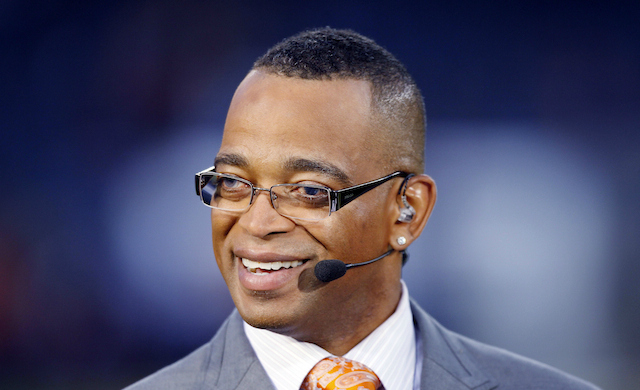

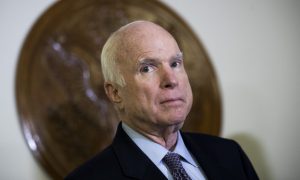



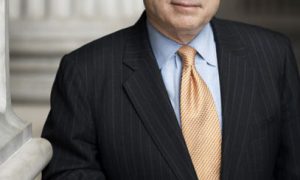





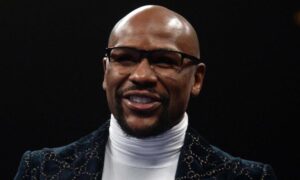

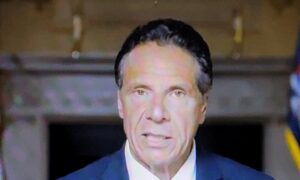









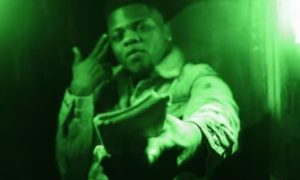

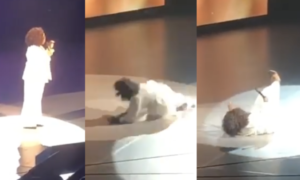

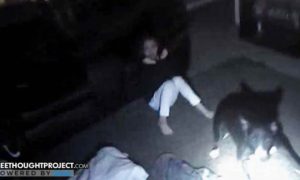



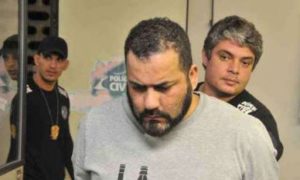



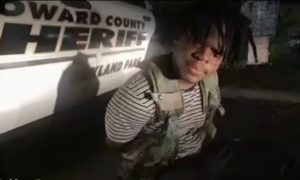

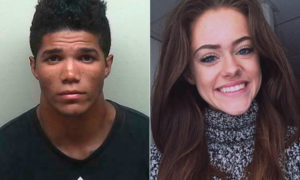

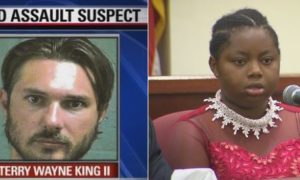







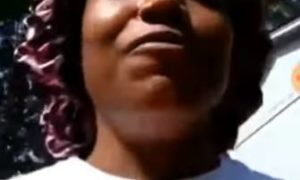



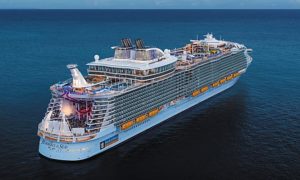



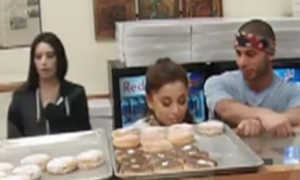

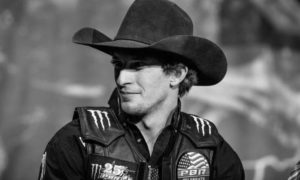

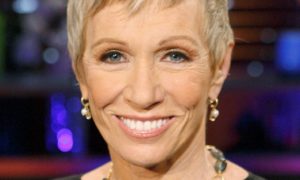

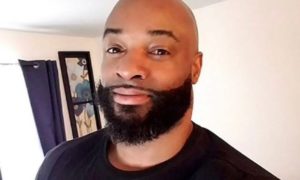







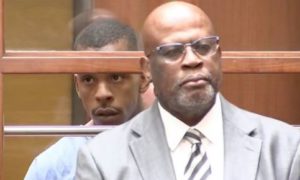

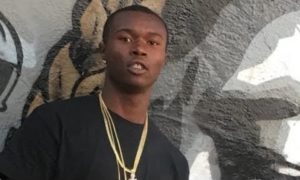











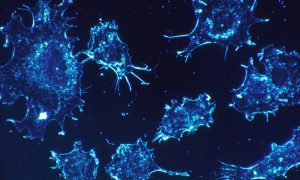

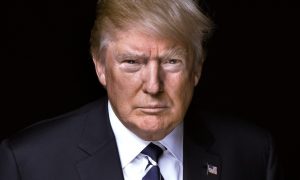

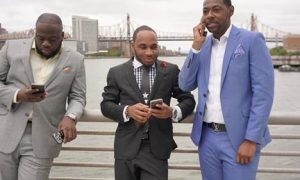









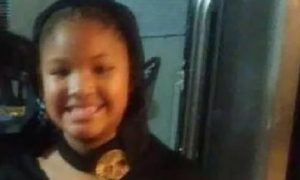



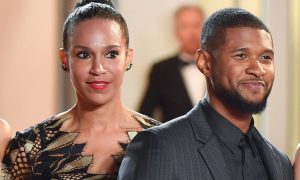

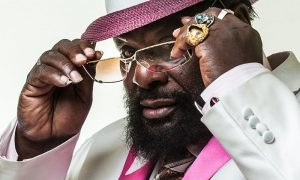

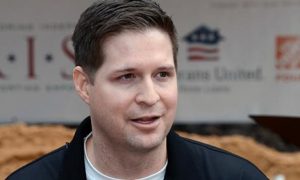





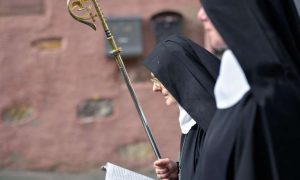



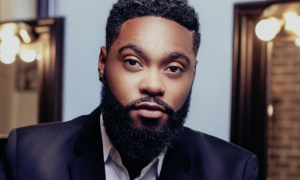





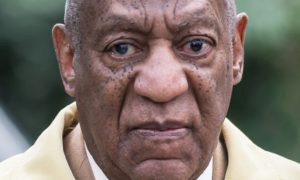

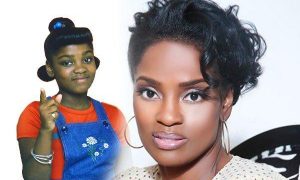

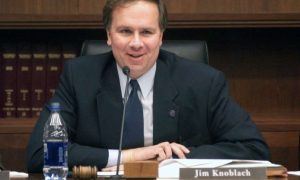







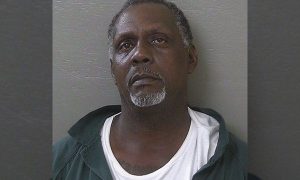









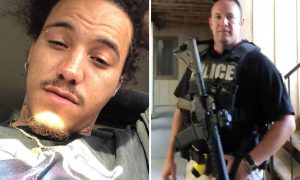





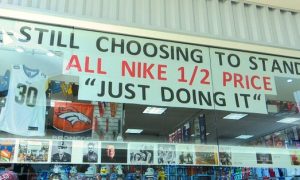

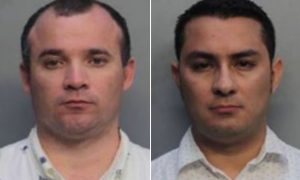

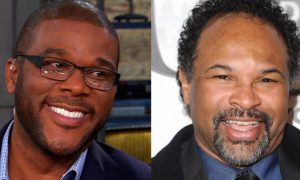







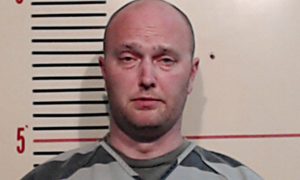

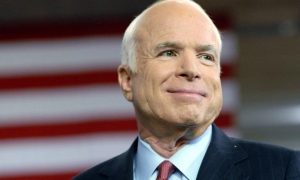







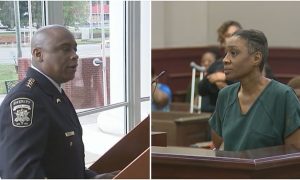

















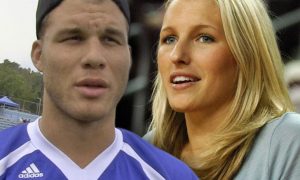

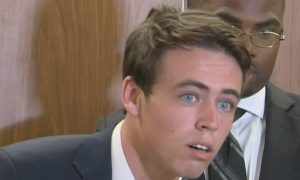

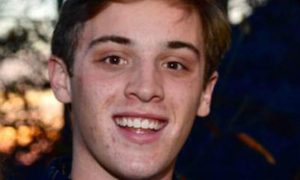





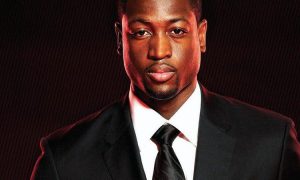

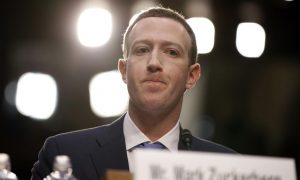



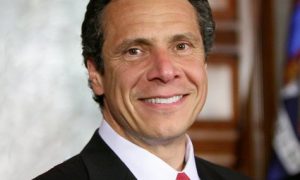

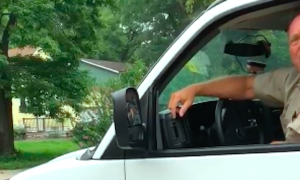

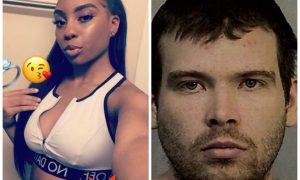



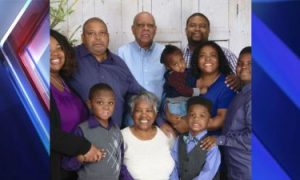

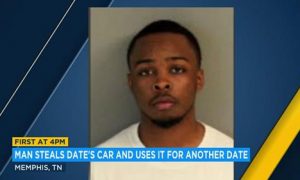







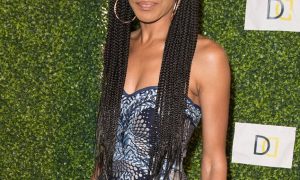







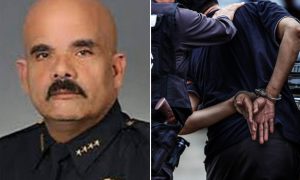

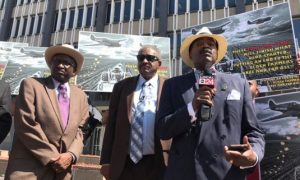





![[Video] Chicago Police Officers Caught On Video Telling Two Black Men "We Kill Mother F**kers"](https://earhustle411.com/wp-content/uploads/2018/07/evil-cop-3-300x180.jpg)
![[Video] Chicago Police Officers Caught On Video Telling Two Black Men "We Kill Mother F**kers"](https://earhustle411.com/wp-content/uploads/2018/07/evil-cop-3-80x80.jpg)
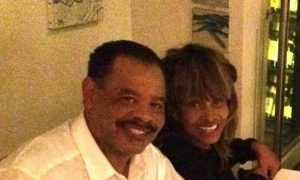

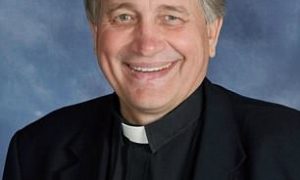



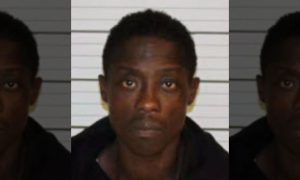





![[Video] White Woman Calls The Cops On Black Real Estate Investor, Cops Threaten To Arrest Her For Harassing Him](https://earhustle411.com/wp-content/uploads/2018/05/nosy-neighbor-300x180.png)
![[Video] White Woman Calls The Cops On Black Real Estate Investor, Cops Threaten To Arrest Her For Harassing Him](https://earhustle411.com/wp-content/uploads/2018/05/nosy-neighbor-80x80.png)


![White Scientist Says The Black Community Is Being Targeted By The Medical System, They Are Deliberatly Being Poisoned [Video]](https://earhustle411.com/wp-content/uploads/2016/05/mike-adams-300x180.jpg)
![White Scientist Says The Black Community Is Being Targeted By The Medical System, They Are Deliberatly Being Poisoned [Video]](https://earhustle411.com/wp-content/uploads/2016/05/mike-adams-80x80.jpg)
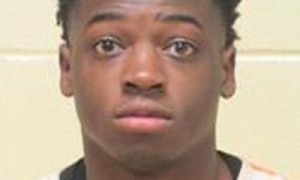

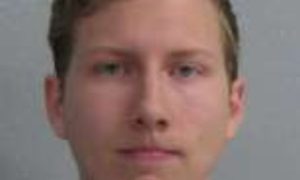

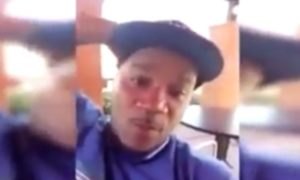



![Teenage Girl Shot In Her Stomach Three Times But Took Time To Post To Facebook [ Video]](https://earhustle411.com/wp-content/uploads/2016/02/Gangster-chick-300x180.jpg)
![Teenage Girl Shot In Her Stomach Three Times But Took Time To Post To Facebook [ Video]](https://earhustle411.com/wp-content/uploads/2016/02/Gangster-chick-80x80.jpg)
